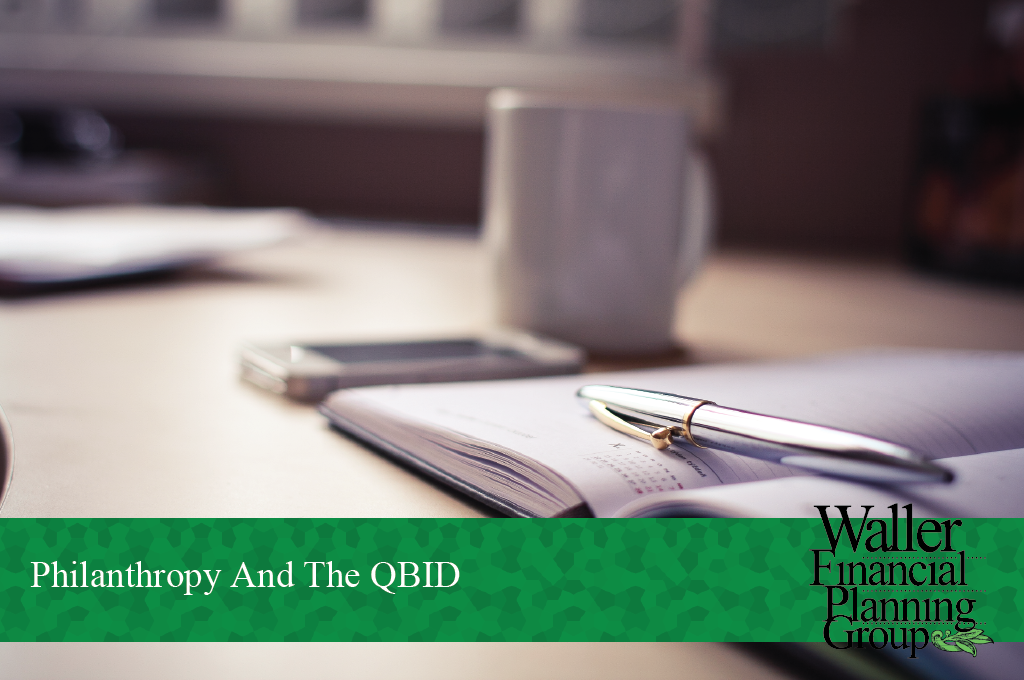
*This article was updated to reflect 2019 inflation adjustments
Not all of our clients are naturally born philanthropists. For those who have accumulated wealth, the thought of giving away their hard-earned savings seems unthinkable. For those who are currently accumulating, the fear of not having enough to meet their needs in the future can be overwhelming. For others, it might just be a matter of principle. Whatever the reason, we recognize that philanthropy is not always at the top of every client’s priority list. With that being said, occasionally there comes along a catalyst to philanthropy-in-disguise.
We believe the qualified business income deduction (QBID) may be the best disguise we’ve seen since Chevy Chase’s award-worthy role in Fletch. For those who aren’t Chevy Chase fans, let me explain: The Tax Cuts and Jobs Act of 2017 introduced us to IRC Section 199A. This new section of the tax code offers a deduction of up to 20% on qualified business income for pass-through entities, as long as the aforementioned business income is not classified as coming from a specified service business. Specified service businesses include accountants, attorneys, consultants, dentists, doctors, financial service professionals and many others. Such businesses will be subject to a phase-out based on taxable income between the ranges of $160,725 to $210,725 for single taxpayers; and $321,400 to $421,400 for married taxpayers filing jointly.
To see how the potential tax savings of a large charitable gift might entice an otherwise resistant donor, let’s take a look at an example.
Suppose Alan & Gail Stanwyk are the sole employees of a jointly owned specified service business and they each have a base salary of $100,000 for combined wages of $200,000. Let’s also suppose the business produces profits of $365,000 for a gross income of $565,000 (well above the phase-out to qualify for the QBID). After deducting $50,000 for their itemized deductions, their taxable income drops to $515,000 but is still too high to be eligible for any QBID. Now consider a charitable donation of $200,000 to Alan’s favorite charity. This significant donation will drop their taxable income down to $315,000 for purposes of the QBID calculation, then another $73,000 after applying the QBID, for total taxable income of $242,000. The net effect of the $200,000 charitable gift is tax savings of $85,000 or 42.5%. Put another way, Alan and Gail could pay the federal government $131,650 in taxes this year; or instead, choose to pay $46,650 to the government and gift $200,000 to charity. The net effect will be a drop of $115,000 to their net worth, but maybe the thought of doing $200,000 of good by avoiding $85,000 of additional tax will lead to the birth of two new philanthropists.
The QBID calculation is much more complicated than we’ve outlined here, and we could complicate this example further by assuming Alan and Gail donate $200,000 of highly appreciated stock instead, but that’s probably best left for another article.





